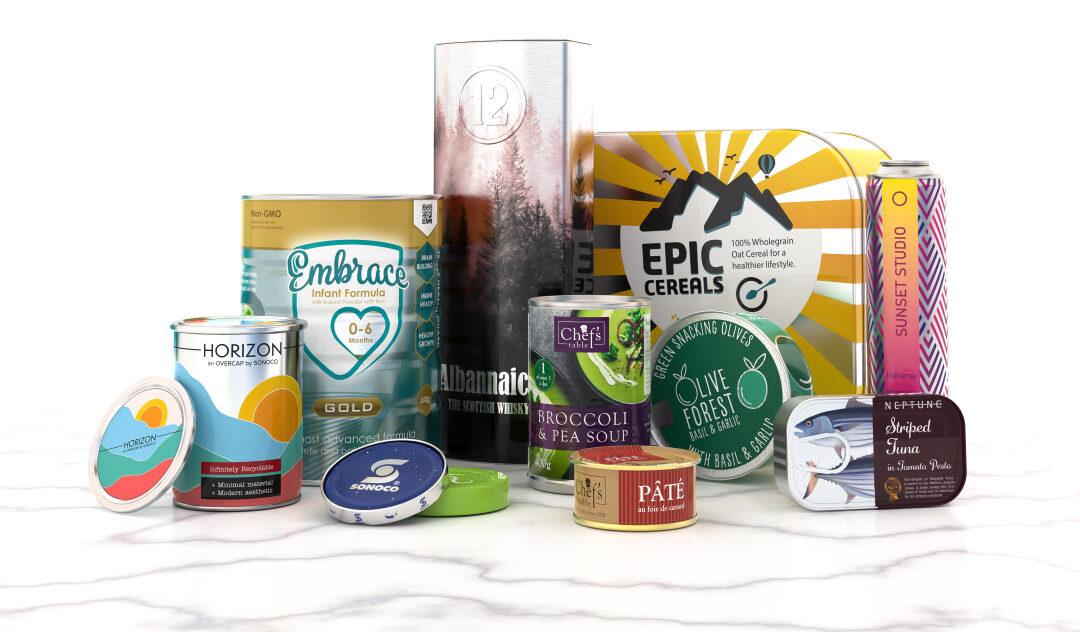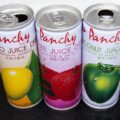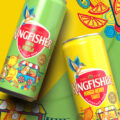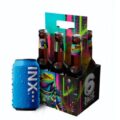• 81% of Generation Z has tried a product attracted by eye-catching packaging.
• 65% prefer packaging that represents their culture, values, and identity.
• Vintage-style metal packaging has 23% more acceptance among young people, compared to minimalist options.
Packaging has become a key factor in the purchasing behavior of Generation Z (those born roughly between 1997 and 2012), according to new research from consumer trend agency Caramel, commissioned by Sonoco. This analysis, combined with results from other market studies, highlights this trend, especially within the food and beverage sector. The study also shows how packaging has gone from being a functional element to a key factor in the perception of a brand’s identity and values, reflecting its connection with current cultural trends among young people.
The study has identified six key trends in packaging that are transforming Generation Z’s interaction with products, thereby helping brands stay competitive in a constantly changing market.
- Affordable indulgence
Basic products, such as olive oil, are being reinvented as symbols of quality, pleasure, and personal care, driven in part by visually striking formats that have gained popularity on social media.
Thus, and in parallel with what was pointed out by Ad Age (2024), packaging that awakens an emotional or aesthetic appeal tends to gain great popularity: 81% of Generation Z has tried a product because of its striking packaging, and of those, 63% have bought it again for the same reason.
- Aesthetic execution
According to the study, visual presentation directly influences consumer behavior, especially among the younger audience, who consider packaging as an extension of their personal style. From matte finishes and retro typefaces to collectible cans, design-based formats consistently outperform simpler alternatives in terms of appeal and
- Play as a central element of social life
Now that 63% of European Generation Z prefers to meet at home rather than in public spaces (YPulse, 2025), packaging is being subjected to greater scrutiny. Not only for its function, but also for its role in shaping the domestic environment.
This shift has led to an increase in demand for individual formats that combine practicality and visual appeal.
- Design for flexibility
Generation Z consumers increasingly value portable and environmentally friendly packaging. This emphasis on mobility and sustainability is also reflected in the changing food preferences. As flexitarianism gains ground among Generation Z (Mintel, 2024), canned foods, such as legumes, vegetables, and fruits, are becoming everyday staples in this transition. Their long shelf life, variety of sizes, versatility, and ease of use make them especially attractive to time-strapped consumers looking for both practicality and utility.
- Where quality meets functionality
Sustainability remains an important factor for Generation Z, resonating even more when combined with clarity, creativity, and meaningful design.
In addition to recyclability, consumers are opting for refillable formats, recycled materials, and creative reuses. This is the case with aluminum refill systems, such as cans for household or skin care products, whose utility is gaining popularity, while on TikTok, reused cans are highlighted as storage, decoration, or gift items.
- Culture, identity, and storytelling
According to the analysis, Generation Z is increasingly looking for products that reflect their personal identity, cultural heritage, and shared values, as also reflected by 65% of young consumers according to Mintel (2024). In addition, designs based on storytelling, which often use metal cans and limited editions, help make packaging a lasting part of the experience.
Generation Z’s identity is marked by uncertain and digitally saturated times. In response, many adopt irony and exaggeration in packaging design as a form of lighthearted resistance. Whether for their authenticity or their cheerful escapism, these packages allow brands to create more human and close connections.
For Laetitia Durafour, Marketing Director at Sonoco Metal Packaging EMEA: “It is no longer just about standing out on the shelves or the value of the brand, but about reflecting values, creating an emotional connection, and making an instant impression in a digital-first world. This research offers a timely insight into the expectations of a generation that values authenticity, fun, purpose, and personal relevance. It is the vital part of the brand experience and often the first invitation to participate.”
Therefore, Sonoco combines technical performance with design thinking to help brands create packaging that connects on an emotional, cultural, and sustainable level. From strategic guidance based on real consumer insights to industrial designs, we develop attractive and viable packaging concepts without compromising sustainability.”
In this regard, Virginie Lorenzato, CEO of Caramel, adds: “Generation Z consumers no longer just buy a product, but choose an experience, a story. Packaging becomes a true cultural medium: a space for expression, emotion, and connection. That’s where it all starts, long before the purchase itself. ”.














